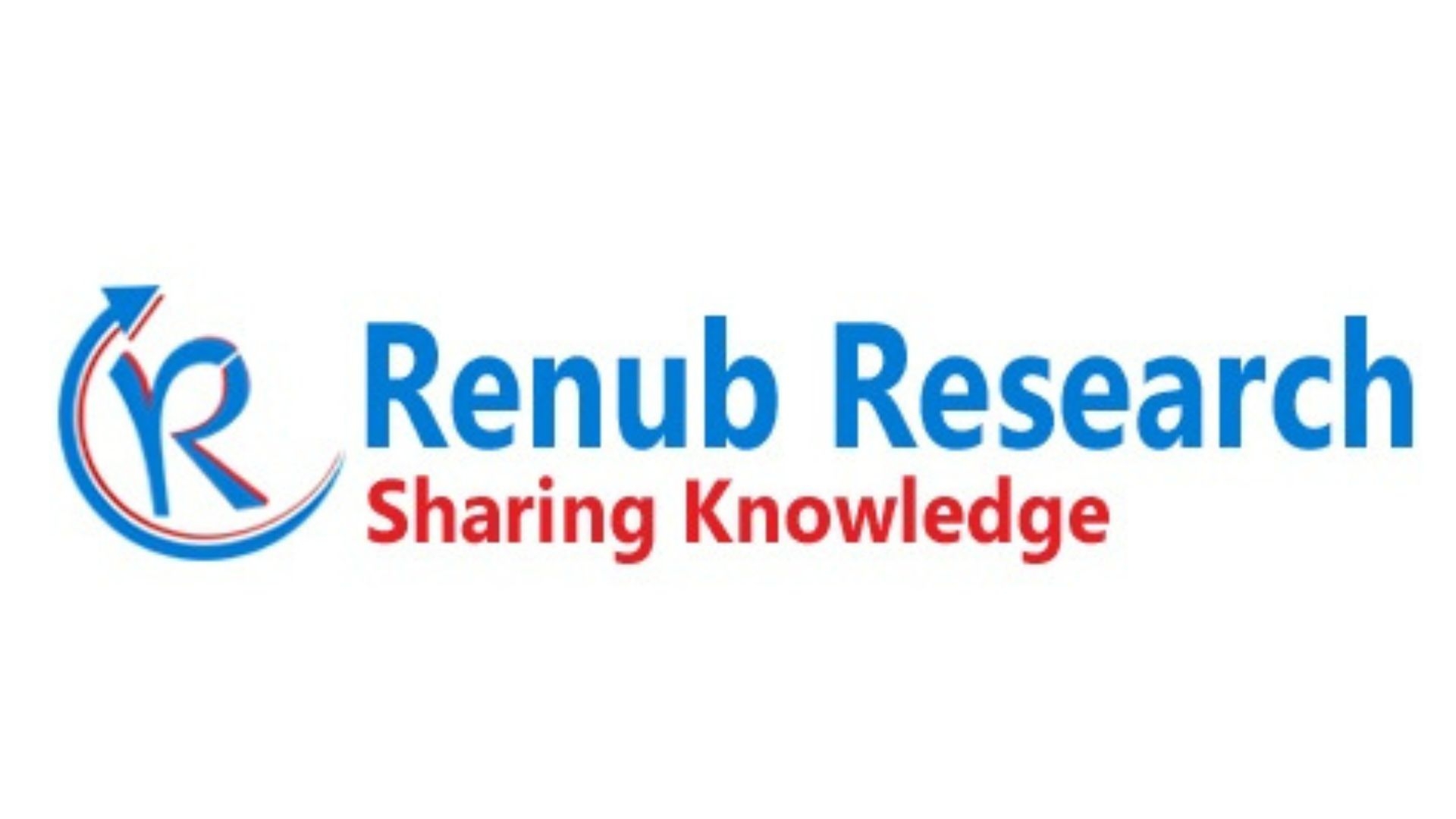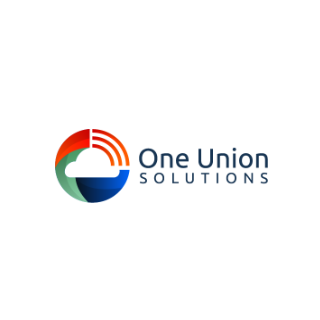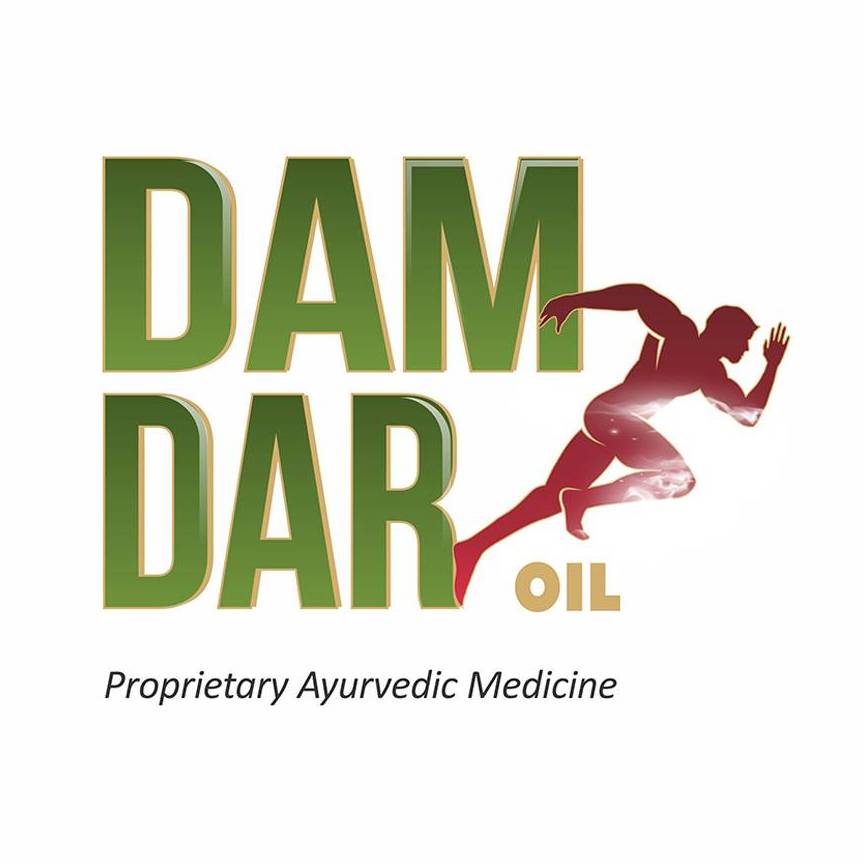Medical Gas Market Overview
The global medical gas market is projected to grow from USD 14.41 billion in 2024 to USD 28.61 billion by 2033, registering a CAGR of 7.92% during the forecast period. The market expansion is driven by several key factors, including the growing shift toward home healthcare and telemedicine, the rising prevalence of chronic illnesses such as respiratory and cardiovascular diseases, and advancements in medical technology. Increasing awareness of health management, the growing elderly population, and the rising demand for portable and user-friendly medical gas solutions are further accelerating the market.
Full Access Report:https://www.renub.com/medical-gas-market-p.php
Market Outlook
Medical gases, such as oxygen, nitrous oxide, carbon dioxide, and medical air, are indispensable for a wide range of therapeutic and diagnostic applications in hospitals, ambulatory surgical centers, research laboratories, and home healthcare settings. Their use spans respiratory therapy, anesthesia, cryosurgery, diagnostics, and palliative care. With the aging global population and the rising incidence of chronic respiratory disorders, the need for medical gases has intensified.
A key trend influencing the market is the growing adoption of home healthcare and telemedicine services, which has increased demand for portable devices like oxygen concentrators. These solutions allow patients with chronic respiratory conditions, such as COPD or asthma, to receive continuous oxygen therapy at home, enhancing quality of life while reducing hospital stays. Governments in several countries are supporting this transition by improving reimbursement schemes for home-based oxygen therapy. For example, in November 2023, Iowa Medicaid included coverage for the Firesafe Cannula Valve, a novel safety device designed to prevent fire-related accidents in home oxygen therapy systems. This highlights the ongoing emphasis on safety, convenience, and continuity of care in home healthcare.
👉 Want to explore detailed market trends, segment insights, and forecasts? 🔗 Request Sample Report:https://www.renub.com/request-sample-page.php?gturl=medical-gas-market-p.php
Growth Drivers
Advancements in Medical Technology
The medical gas market is benefiting from innovations in minimally invasive surgical procedures such as laparoscopy and endoscopy, which rely on gases like carbon dioxide to create clear operating fields. Additionally, advancements in respiratory therapy equipment, such as portable oxygen delivery systems, ventilators, and advanced nebulizers, have expanded the range of medical gas applications. Cryosurgery, using liquid nitrogen, is increasingly employed in dermatology to selectively destroy abnormal tissues without damaging surrounding healthy areas. These technological improvements enable more precise, individualized treatments and contribute significantly to market growth.
Rising Preference for Telemedicine and Home Healthcare
The shift toward home healthcare and telemedicine is a key growth driver. Patients with chronic respiratory or cardiovascular conditions can now receive treatments in the comfort of their homes, reducing the need for long hospital stays. Oxygen therapy, nebulization, and pain management are common applications of medical gases in home settings. The growing prevalence of chronic illnesses, particularly cardiovascular diseases responsible for 17.9 million deaths annually worldwide, has increased the demand for home-based therapeutic gases, further supporting market expansion.
Increasing Incidence of Chronic Respiratory and Cardiovascular Conditions
Chronic respiratory diseases such as asthma, interstitial lung diseases, and COPD are becoming more widespread, creating a sustained demand for therapeutic oxygen and other medical gases. The World Health Organization reports that COPD caused approximately 3.2 million deaths in 2019, while asthma affected 262 million people globally. Oxygen therapy is critical for maintaining adequate blood oxygen levels and alleviating symptoms in these patients. Additionally, medical gases are vital in cardiovascular diagnostics and interventions, as nitrous oxide is widely used as an anesthetic agent, and oxygen therapy supports heart disease management and palliative care.
Market Challenges
Stringent Regulatory Compliance
The medical gas industry is subject to strict regulatory oversight due to the critical role of these gases in patient safety. Regulatory agencies enforce rigorous standards for purity, labeling, packaging, transportation, and storage. Compliance often requires substantial investment in quality control systems, specialized personnel, and documentation, which can increase operational costs. Regional variations in regulations also complicate international distribution, making market entry more challenging for smaller players. Although these regulations enhance safety and reliability, they impose significant financial and operational burdens on manufacturers.
High Production and Storage Costs
The production and storage of medical gases require complex infrastructure and energy-intensive processes. Gases must be manufactured under highly controlled conditions to maintain purity, and storage facilities must be equipped to handle temperature fluctuations, contamination risks, and leak prevention. Transporting medical gases involves specialized containers that comply with stringent safety standards. Long-term monitoring and maintenance of storage systems further increase operational costs. These factors collectively make medical gases more expensive to produce, store, and distribute compared to other medical supplies, affecting pricing and accessibility.
Regional Insights
United States
The U.S. market is driven by an aging population, rising surgical procedures, and increased demand for advanced healthcare services. Hospitals, home healthcare providers, and ambulatory surgical centers are the primary users of medical gases, including oxygen, nitrous oxide, and carbon dioxide. The market is supported by advancements in gas delivery systems, growing awareness of respiratory conditions, and increasing prevalence of chronic illnesses such as COPD and sleep apnea. According to the American Lung Association, COPD affects more than 11.7 million Americans and contributes to substantial healthcare expenditures annually.
Germany
Germany’s medical gas market is expanding due to the aging population, higher demand for respiratory treatments, and advanced healthcare infrastructure. Hospitals are the primary consumers, followed by ambulatory surgical centers and home healthcare services. Technological innovations, such as smart gas distribution systems and portable oxygen concentrators, are improving patient care and operational efficiency. Major players like Linde Plc, Air Liquide, and Messer Group GmbH are driving growth through strategic partnerships and product innovations.
India
The Indian market is witnessing rapid growth due to improved healthcare infrastructure, government initiatives such as Ayushman Bharat, and rising chronic respiratory conditions. Hospitals, clinics, and home healthcare settings are increasingly adopting medical gases like oxygen and nitrous oxide. The market for portable medical gas devices is also expanding due to the growing elderly population and shift toward home-based care.
United Arab Emirates
The UAE market is growing as government-supported healthcare initiatives expand access to pharmaceutical, diagnostic, and therapeutic gases. Chronic disease prevalence, particularly respiratory disorders, has increased demand for medical gases, including oxygen, carbon dioxide, and nitrous oxide. Innovations in gas distribution systems and regulatory oversight ensure safety and quality, while portable medical gas devices support home healthcare services. Major industry players are continuously introducing new products to meet evolving healthcare demands.
👉 For deeper analysis, detailed segment data, and company insights: 🔗 Request Customization Report:https://www.renub.com/request-customization-page.php?gturl=medical-gas-market-p.php
Recent Industry Developments
· January 2025: Atlas Copco Group acquired Medi-teknique Ltd., a UK-based medical gas maintenance company, expanding its presence in the region.
· January 2025: Air Liquide partnered with 20 hospitals and clinics across six European countries (Germany, Belgium, France, Italy, Netherlands, Spain) to help reduce carbon emissions and enhance sustainable gas usage.
Market Segmentation
By Product
· Pure Gases
· Gas Mixtures
By Application
· Therapeutics
· Diagnostics
· Others
By End Use
· Hospitals
· Pharmaceutical & Biotechnology Companies
· Ambulatory Surgical Centers
· Diagnostic & Research Laboratories
· Academic & Research Institutes
· Home Healthcare
By Region/Country
· North America: United States, Canada
· Europe: France, Germany, Italy, Spain, United Kingdom, Belgium, Netherlands, Turkey
· Asia Pacific: China, Japan, India, Australia, South Korea, Thailand, Malaysia, Indonesia, New Zealand
· Latin America: Brazil, Mexico, Argentina
· Middle East & Africa: South Africa, Saudi Arabia, UAE
Key Players
Leading companies in the medical gas market focus on innovation, technological integration, and strategic partnerships to maintain competitiveness:
· Air Liquide
· Linde PLC
· Atlas Copco Group
· INOX-Air Products Inc.
· TAIYO NIPPON SANSO CORPORATION
· MATHESON TRI-GAS, INC.
· HORIBA Group
· SOL India Private Limited
These players are actively investing in smart delivery systems, portable devices, and sustainable gas solutions, ensuring product reliability, operational efficiency, and enhanced patient care.
Future Outlook (2025–2033)
The global medical gas market is expected to continue strong growth, driven by:
· Rising prevalence of chronic respiratory and cardiovascular diseases.
· Increasing demand for home healthcare and telemedicine solutions.
· Technological advancements in surgical, respiratory, and cryotherapy equipment.
· Expansion of healthcare infrastructure in emerging markets.
· Strategic collaborations and innovations by leading global players.
By 2033, the market is anticipated to reach USD 28.61 billion, reflecting widespread adoption across therapeutic, diagnostic, and home healthcare applications, improved operational efficiency, and enhanced patient outcomes globally.
Note: If you need details, data, or insights not covered in this report, we are glad to assist. Through our customization service, we will collect and deliver the information you require, tailored to your specific needs. Share your requirements with us, and we will update the report to align with your expectations.







